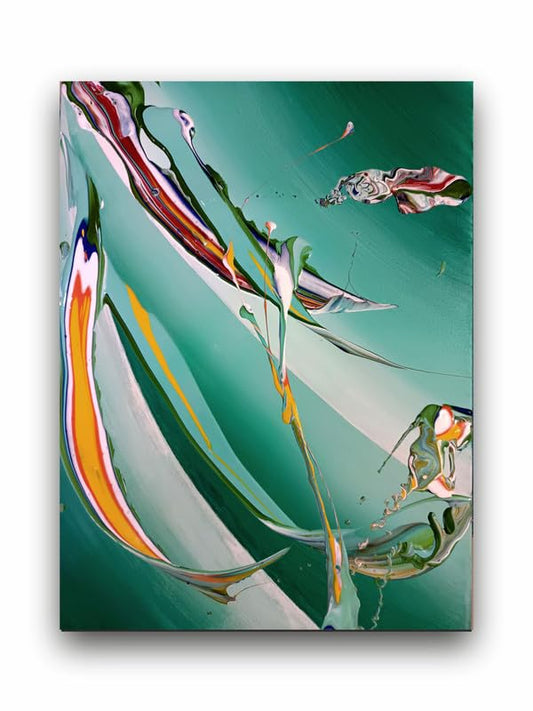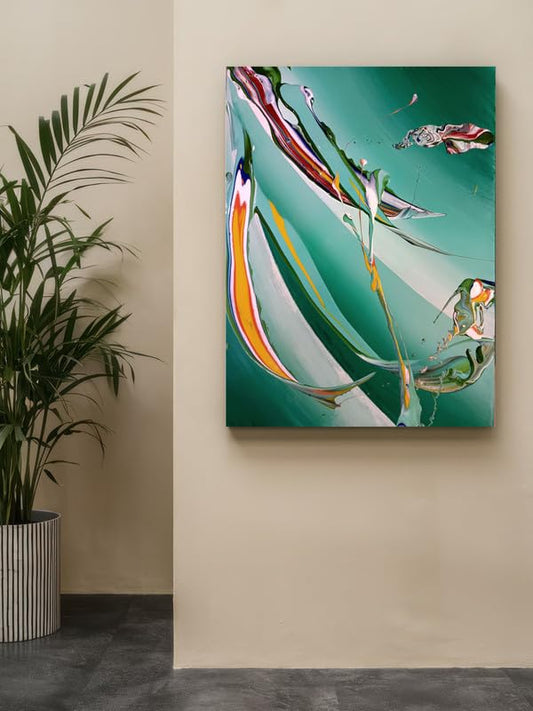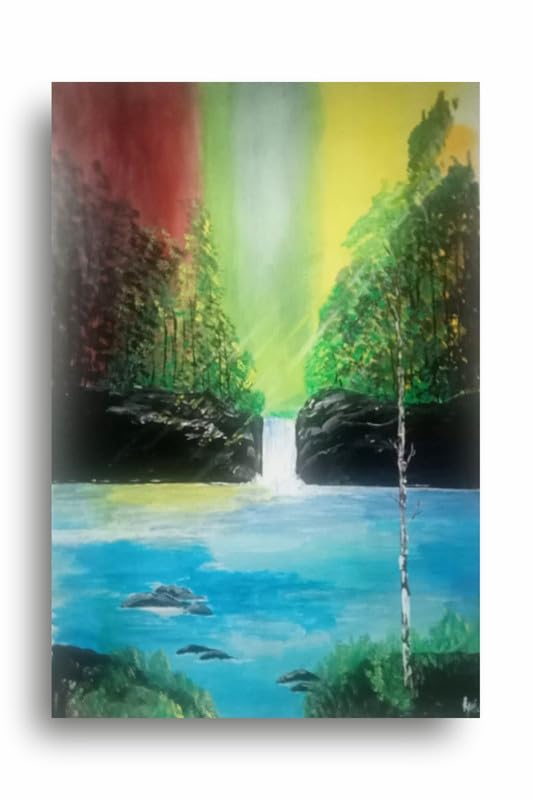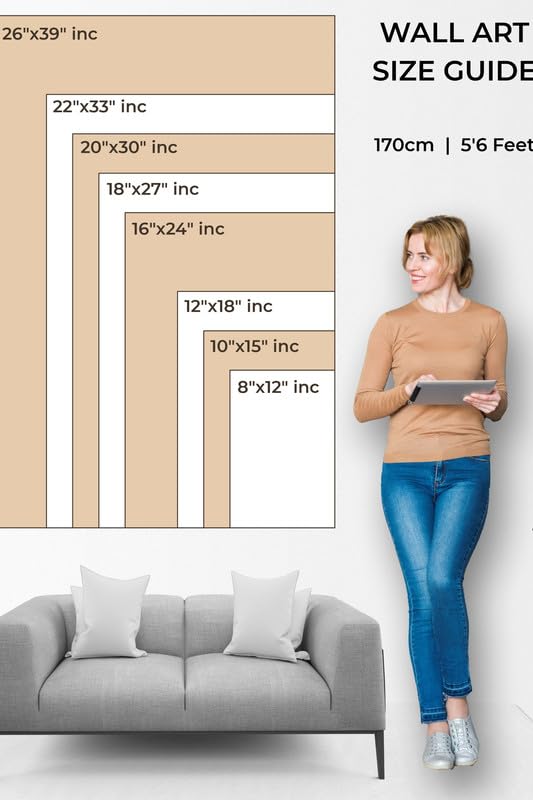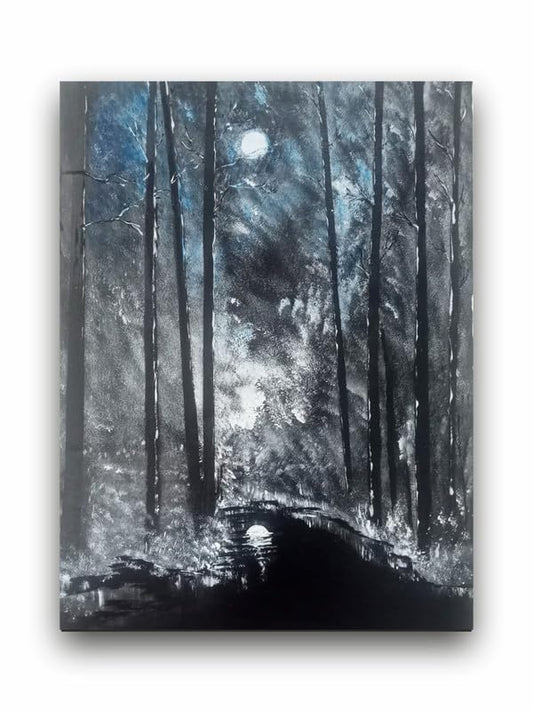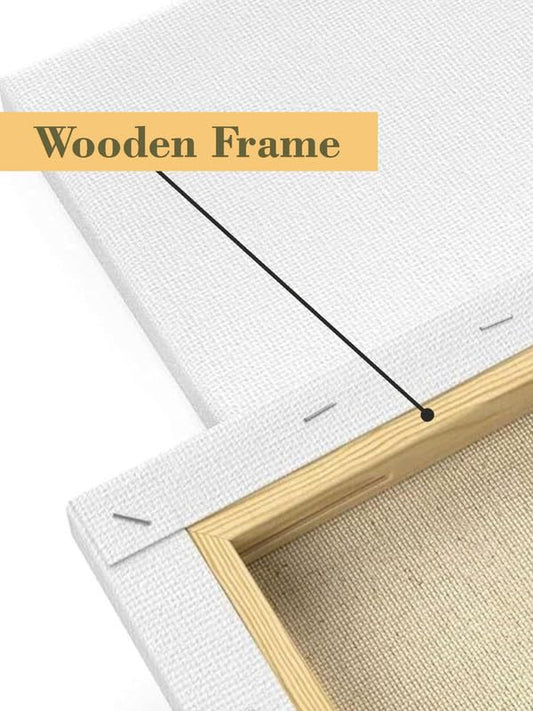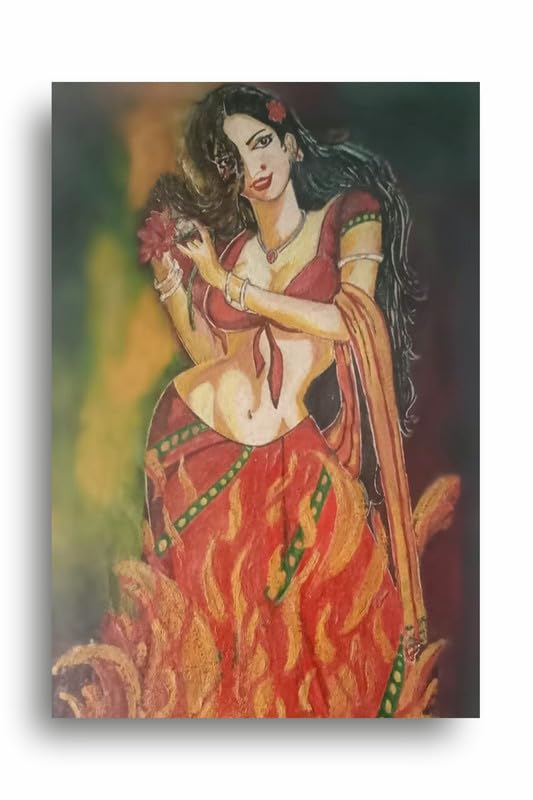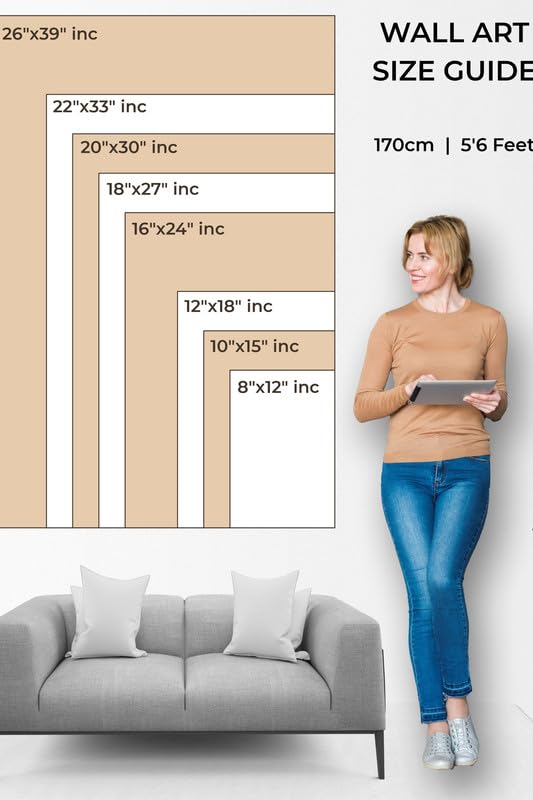
In Abstract Art, Flow: A Tool in Liquid Media
In Abstract Art, Flow: A Tool in Liquid Media
Abstract art provides a venue for exploring emotion, perception, and form without being limited to representational concerns. Fluidity is one of the characteristics that has especially captured the imagination of many abstract artists. With the use of flowing materials, fluidity of the media increases spontaneity in creativity and allows for the play of movement, texture, and color.
Fluidity in abstract art essentially describes the flow of materials without any obstruction. The flow often is irregular and does not predict; it flows freely across a surface in ways that generate comparisons to water, the smooth flow of wind, or even time flowing organically. Such a work may seem to have rhythm and a life force. Artists who use fluid materials, such as acrylic pours, ink, watercolors, or even resin, can create pieces that seem to morph as the view shifts.
One of the interesting things about fluidity in abstract art is the letting go that happens by the artist. Often the ability to let go part of control when working with materials, such as pouring mediums or water-based paints, allows them to be influenced by the materials themselves. This kind of unpredictability is, in part, an allure. Often, artists first have an abstract sense of the concept or the color story, and the flow of the materials guides the end look of the final piece. What surfaces as a result, then, is organically intriguing-often mesmerizing. This composition reflects the balance between intention and chance, and it is a dance that pays to be repeated.
Another textural quality that is chosen, by default, the fluid material brings to the artwork is by deliberation. The kind of finish acrylic pouring would provide is for example glossy and layered while inks and watercolours could take on delicate washes and gradients. Each material is different and brings a play of depth and movement on to the surface.
Furthermore, fluidity in abstract art can make a way to explore contrast between form and chaos. Controllable elements like color choice or certain kinds of brushstrokes in combination with the uncontrolled flow of materials will give an exciting visual experience. This interaction between the artist's intention and material autonomy tends to add emotional value to a piece of art.
Conclusion:
Fluidity in abstract art does not literally mean the creation of something aesthetically pleasing; it means entering an unpredictive realm, letting some of the materials take some control over the course of making into a work of art. This would be an artwork that has some kind of life to it: something continually shifting and moving. Much like the changing environment from which such art often draws inspiration, abstract art with fluid materials lets the abstract artist enter the uncertain yet deeply personal world of creation.
In Abstract Art, Flow: A Tool in Liquid Media

